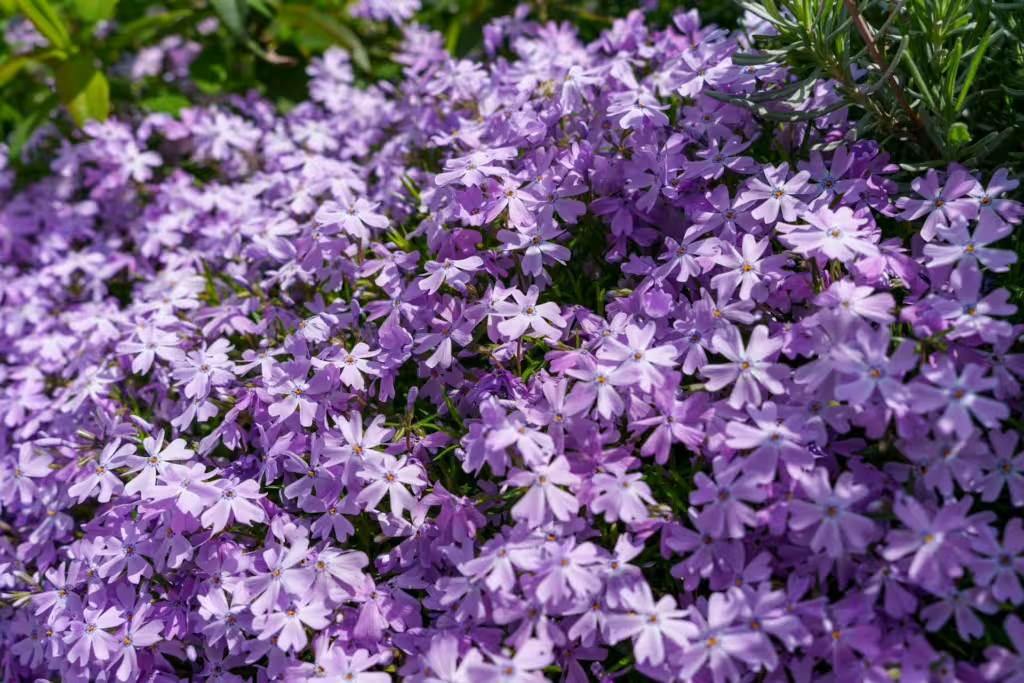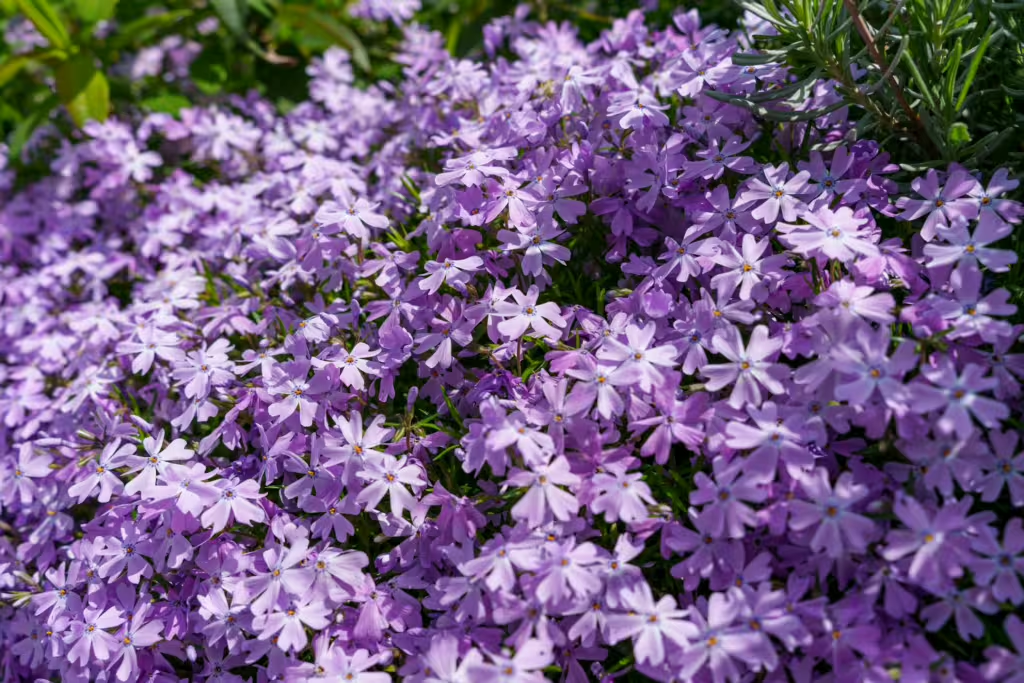Whether we realize it or not, flowers have long held a cherished place in human history. These days, we see them as little more than window dressing; something to beautify a space or show someone how much we love and appreciate them. Yet these acts and purposes, are themselves proof that we, as a culture, view flowers as symbols. We see them as symbols of love, resilience, patriotism, beauty, ferocity, cultural heritage, and much more!
All over the world, people of different creeds, nationalities, and religions have their own meanings for the 400,000 species of flowers that we currently know about. Indeed, many nations have selected specific flowers as emblems of their identity, weaving these botanical beauties into the fabric of their national pride. There are many meanings we could have chosen for the flowers in our story today, but this is the one we landed on; that of national symbolism.
In this article, we will explore the fascinating history and symbolism attached to a number of iconic botanical blooms. We will explain why these national flowers have been chosen, not just for their aesthetic appeal but also for their deep cultural, historical, and in many cases, ecological significance.
The Concept of National Flowers
Most people have absolutely no idea what their country’s national flower is; let alone why that flower was chosen in the first place. In most cases, national flowers are chosen as a means of representing a country’s heritage, natural environment, and values. Yet, why these flowers make the cut over other, sometimes more beautiful, unique, or even very similar varieties, is a subject of much debate among floral enthusiasts.
It’s true, while some nations officially designate a flower through legislative processes, others have more informal associations about why the flower was chosen and indeed how long ago it became the national flower. The latter of these choices is deeply rooted in tradition and ultimately, the selection often reflects a combination of factors: the flower’s prevalence in the region, its historical importance, and its cultural symbolism.
National flowers tend to invade just about every ornamental piece of bric-a-brac a country can think of. We see national flowers appear in art, literature, coins, stamps, and festooning the pavilions at national ceremonies. There is a purpose to this overexposure, just as there is a purpose to the national flag itself. The national flower often serves as a unifying symbol for the nation, one that transcends regional and linguistic differences. In many cases, the stories attached to these flowers are intertwined with the identity of the nations they represent, making them powerful tools for storytelling and cultural expression.
Asia: Blossoms of Antiquity

Japan – Cherry Blossom (Sakura)
Most of us are familiar with the delicate cherry blossom, or sakura. These iconic flowers bloom fleetingly each spring, and are one of Japan’s most enduring symbols. Cherry blossoms have been celebrated for centuries in poetry, art, and festivals; such as those that take place in Washington DC, Brooklyn, New York, and as one might expect, in many parts of Japan.
In many ways, it is the fleeting beauty of the cherry blossom that draws people in. The flower is said to embody the Japanese concept of mono no aware, or an awareness of life’s impermanence. It was during the Heian period (794–1185), that the cherry blossoms first rose to prominence as a motif in courtly culture. As a result, the flowers wound up influencing everything from fashion to literature. In the modern age, we are still obsessed with the cherry blossom, possibly even more so than they were back then! It remains a gorgeous symbol of renewal, hope, and the transient nature of life.
India – Lotus (Nelumbo nucifera)
It is very likely that people will recognize this iconic flower as well. The fabled lotus is deeply ingrained within Indian spirituality and mythology. This beautiful blossom has often been associated with purity, enlightenment, and divine beauty, and is revered in Hinduism, Buddhism, and Jainism. In Hindu iconography, deities such as Vishnu and Lakshmi are often depicted seated on lotus flowers. The purpose of this symbol is to indicate a sort of spiritual awakening amidst a chaotic world; something that many of us are still searching for in this hectic modern age. In addition to its religious importance, the lotus also thrives in the wetlands, making it a fitting representation of the Indian peoples’ resilience and beauty. Officially designated as the national flower of India, the lotus reflects the nation’s spiritual heritage and natural wealth.
China – Plum Blossom (Prunus mume)
The plum blossom may not have the same panache and street cred as the cherry blossom but it is no less important to the people of China. Because it blooms mostly in the winter months, the plum blossoms is a symbol of resilience, endurance, hope, and perseverance in the face of adversity. It has over 1,500 years of cultural association in its homeland, having been celebrated in Chinese poetry, painting, and even imperial ceremonies for centuries. In 1964, the flower was officially declared the national flower of the Republic of China (Taiwan), which only further cemented its symbolic status.
Europe: Tradition and Elegance
France – Iris
The iris, particularly the species Iris pseudacorus, might be unknown to many of our audience, but it holds a prominent place in French history and heraldry, nonetheless. As it happens, many readers might know it by its other name; the fleur-de-lis. This stylized symbol of the iris was originally adopted by French monarchs as a representation of purity, strength, and divine protection back in the medieval period. With a lengthy pedigree like that, it’s no wonder the flower’s association with royalty remains strong even today, where it remains a staunch symbol of French elegance and resilience.
United Kingdom – Tudor Rose
The Tudor rose has long been a symbol of unification of two rival factions, the House of York and the House of Lancaster. When Henry VII married Elizabeth of York, the emblem was created to symbolize peace and unity. Fans of Game of Thrones will find this story familiar, because the George RR Martin’s A Song of Ice and Fire was inspired by the historical Wars of the Roses in the 15th century. The red and white petals of the fabled Tudor rose represent the two houses, making it a poignant symbol of reconciliation. Even to this day, the rose continues to adorn royal insignias, government documents, and national monuments all over Great Britain and beyond.
Netherlands – Tulip
While many people believe that the tulip is native to Holland, the truth is that the iconic national flower of the Dutch people originally came from Central Asia. These days, however, the tulip has become synonymous with the Netherlands. During the Dutch Golden Age of the 17th century, tulips became something of a phenomenon in the Holland. It became a symbol of wealth and prosperity for the Dutch, culminating in the phenomenon of “Tulip Mania,” which occurred when tulip bulbs reached exorbitant prices. Today, the tulip symbolizes Dutch innovation, trade, and the country’s dedication to its horticultural history.
The Americas: Resilience and Diversity

United States – Rose
It isn’t just England who gains dominion over the rose; the United States also has a fondness for this fantastic flower. The rose hasn’t always been America’s favorite, however, and it wasn’t designated as the national flower until 1986, thanks to a resolution signed by former President Ronald Reagan. The rose is well-known all over the world for its versatility and beauty. At the same time, it symbolizes love, bravery, and unity. Moreover, the rose itself can be found and cultivated in every state in America, which underscores its universality. Nevertheless, the rose’s association with cultural events, literature, and public spaces makes it a fitting emblem.
Mexico – Dahlia
Hailing from its native home in the Mexican highlands, the iconic bloom known as the dahlia was declared the country’s national flower in 1963. With its vibrant colors and intricate forms, this amazing flower symbolizes creativity and individuality. At the same time, the dahlia also has significant historical significance, and was once cultivated by the Aztecs, who used it for both medicinal and decorative purposes. To this day, the dahlia’s enduring beauty and cultural ties make it a symbol of Mexico’s rich heritage and biodiversity.
Canada – Maple Leaf
Look, we know it’s not a flower, but we would be remiss if we didn’t discuss Canada’s honorary bloom, the famous maple leaf. This iconic image is sacrosanct in Canada, as the maple tree it hails from represent unity, tolerance, and the country’s vast natural beauty. Since it was first promoted as a national symbol in the 18th century, the maple leaf has been an obvious indicator of one’s Canadian roots and national pride, and has featured prominently on the national flag, coins, and badges.
Africa: Nature’s Spirit
South Africa – King Protea (Protea cynaroides)
Many readers will be unaware of the famous king protea flower, which was named after the Greek god Proteus, a being that could change his shape. For many years, this flower has been a symbol of diversity and transformation. It is a most striking flower, possessed of a large, crown-like bloom. The king protea is native to South Africa and represents the country’s rich biodiversity, while also reflecting the nation’s journey of resilience and unity.
Egypt – Blue Water Lily (Nymphaea caerulea)
The blue water lily, also known as the sacred lotus, has held great significance in ancient Egyptian culture for countless millennia. This flower has been so revered that it was even depicted in hieroglyphs and temple carvings, where it was meant to symbolize rebirth, creation, and the eternal cycle of life that the Egyptians held sacred. The blue water lily also has a direct connection to the Nile River, which has also been an essential piece of Egyptian culture and of ecological importance for thousands of years.
Oceania: Unique Blooms
Australia – Golden Wattle (Acacia pycnantha)
You would expect that a country like Australia would have an equally unique national bloom We present to you, the golden wattle, a bright yellow blooms that has been an enduring symbol of unity and resilience in Australia since 1988. The golden wattle reflects the country’s natural beauty and adaptability and is celebrated nationally on Wattle Day, September 1, each year. This festival is used to highlight the flower’s cultural and ecological significance.

Cultural Significance and Common Themes
Across all the cultures of the world the symbolism of national flowers has often converged around themes of resilience, beauty, and identity. These are not coincidence, they serve as reminders of the interconnection between human culture and the natural world. In many ways, the flowers themselves encapsulate a nation’s spirit in a single bloom.
National flowers are often celebrated through festivals and rituals, which strengthens the communal bonds of that nation’s people. Japan’s cherry blossom festivals all over the world, the Netherlands’ tulip celebrations, and India’s lotus-inspired art are all examples of how these symbols foster cultural pride and environmental awareness in all peoples.
Conservation and Challenges
Perhaps because national flowers are such sources of pride for their respective countries, many of them are afforded additional protections by their home governments. Many nations are highly-protective of their blooms, which often face threats from habitat loss, climate change, and overharvesting. South Africa’s king protea, for example, is safeguarded by programs that promote sustainable tourism and habitat protection. Meanwhile, Japan’s cherry trees are monitored and cultivated to maintain their health and vibrancy for each subsequent bloom.
True Investigator Says…
As you can see, national flowers are more than just beautiful plants that a country chooses arbitrarily to represent them; they are living symbols of a nation’s history, culture, and biodiversity. From the resilient plum blossom of China to the regal iris of France, each and every flower on this list tells a unique story that reflects the spirit of its people. It is only by understanding and celebrating these floral emblems, these botanical symbols, that we deepen our appreciation for the intricate relationship that exists between nature and human culture.
Discover more from TrueInvestigator
Subscribe to get the latest posts sent to your email.


